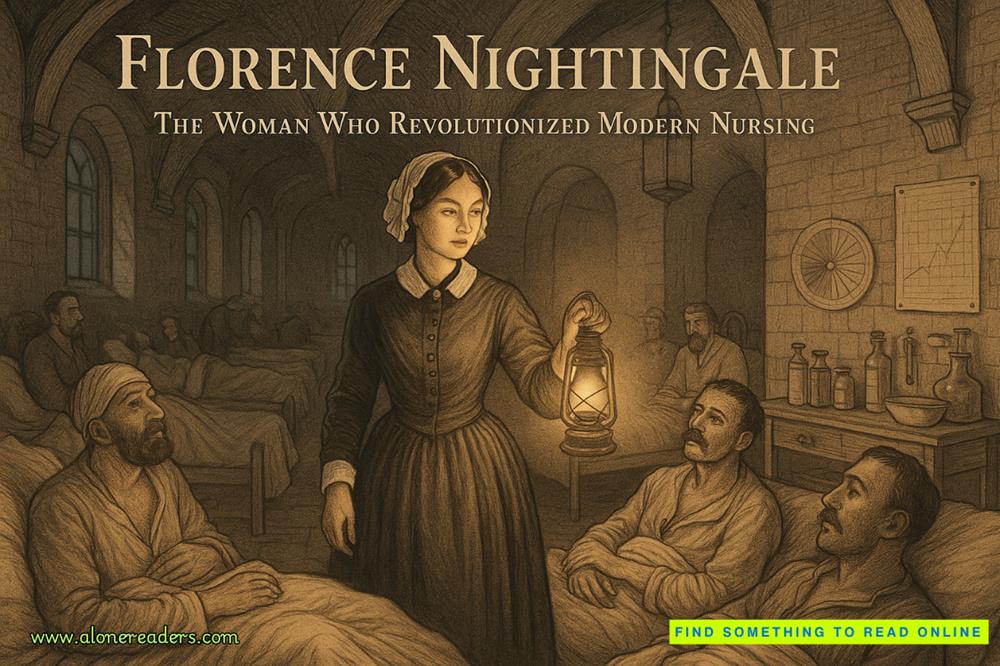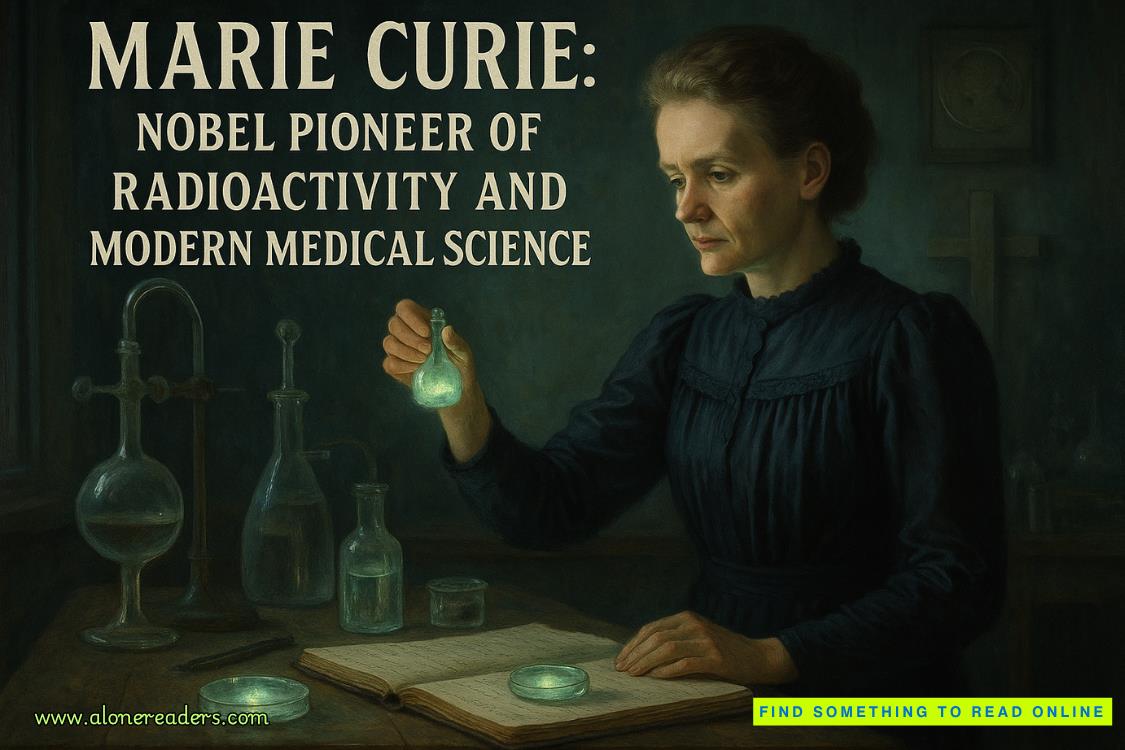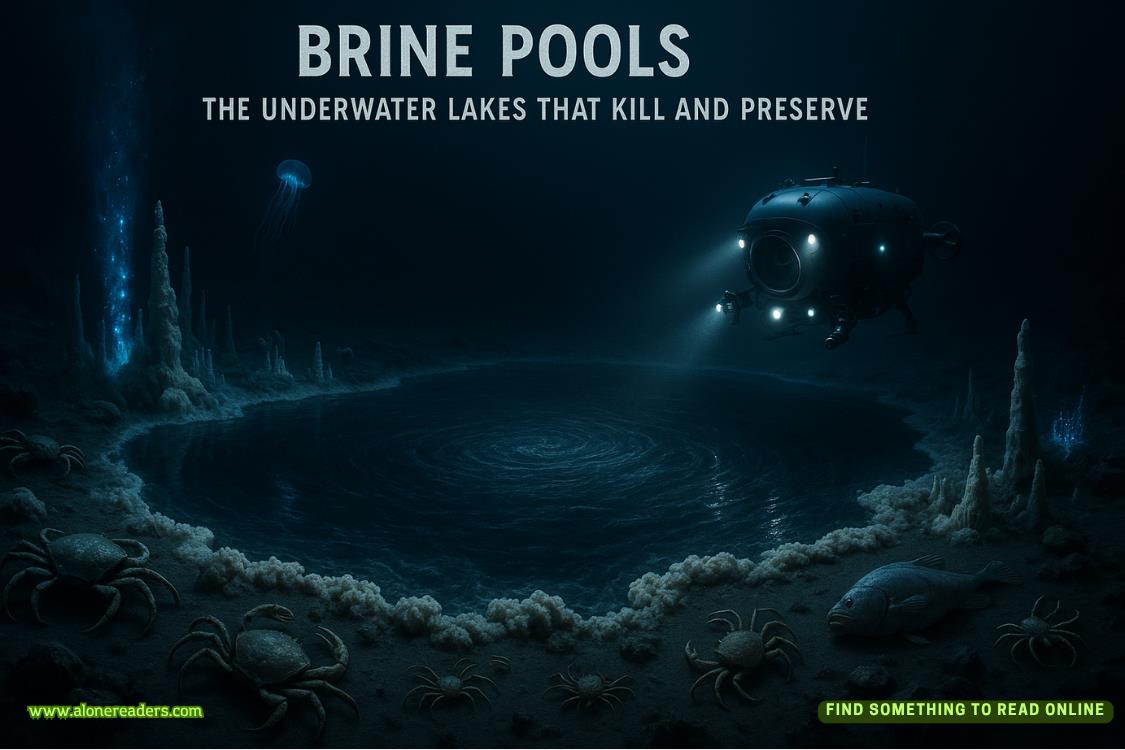Page 4 of The Girl Before
I shake my head.
“It’s a legal condition that’s imposed on a property in perpetuity, something that can’t be removed even if the house is sold. Usually they’re to do with development rights—whether the house can be used as a place of business, that sort of thing. With this house, the conditions are part of the lease agreement, but because they’re also restrictive covenants they can never be negotiated or varied. It’s an extraordinarily tight contract.”
“What kind of thing are we talking about?”
“Basically, it’s a list of dos and don’ts. Well, don’ts mostly. No alterations of any kind, except by prior agreement. No rugs or carpets. No pictures. No potted plants. No ornaments. No books—”
“No books! That’s ridiculous!”
“No planting anything in the garden; no curtains—”
“How do you keep the light out if you can’t have curtains?”
“The windows are photosensitive. They go dark when the sky does.”
“So, no curtains. Anything else?”
“Oh, yes,” Camilla says, ignoring my sarcastic tone. “There are about two hundred stipulations in all. But it’s the final one that causes the most problems.”
THEN: EMMA
…No lights other than those already here, the agent says. No clotheslines. No wastepaper baskets. No smoking. No coasters or placemats. No cushions, no knickknacks, no flat-pack furniture—
That’s mental, Si says. What gives him the right?
The IKEA furniture in our current flat took him weeks to assemble, and as a result he regards it with the same personal pride as something hewn from trees and carved by his own hand.
I told you it was a tricky one, the agent says with a shrug.
I’m looking up at the ceiling. Talking of lights, I say, how do you turn them on?
You don’t, the agent says. Ultrasonic motion sensors. Coupled with a detector that adjusts the level according to how dark it is outside. It’s the same technology that makes your car headlights come on at night. Then you just choose the mood you want from the app. Productive, Peaceful, Playful, and so on. It even adds extra UV in the winter so you don’t get depressed. You know, like those SAD lights.
I can see Simon is so impressed by all this that the right of the architect to ban flat-pack furniture is suddenly no longer an issue.
The heating’s underfloor, obviously, the agent continues, sensing he’s on a roll. But it draws heat from a borehole directly under the house. And all these windows are triple-glazed—the house is so efficient, it actually returns power to the National Grid. You’ll never pay a fuel bill again.
This is like someone reciting porn to Simon. And the security? I say sharply.
All on the same system, the agent says. You can’t see it, but there’s a burglar alarm built into the outside wall. All the rooms have sensors—the same ones that turn the lights on. And it’s smart. It learns who you are and what your usual routine is, but anyone else, it’ll check with you to make sure they’re authorized.
Em? Simon calls. You have got to see this kitchen.
He’s wandered into the space to one side, the one with the stone table. At first I can’t even see how he’s identified it as a kitchen. A stone counter runs along one wall. At one end is what I suppose could be a tap, a slim steel tube jutting over the stone. A slight depression underneath suggests this might be a sink. At the other end is a row of four small holes. The agent waves his hand over one. Instantly it spouts a fierce, hissing flame.
Ta-da, he goes. The stove. And actually the architect prefers the word refectory to kitchen. He grins as if to show he realizes how stupid this is.
Now that I look more closely, I can see that some of the wall panels have tiny grooves between them. I push one and the stone opens—not with a click but with an unhurried, pneumatic sigh. Behind it is a very small cupboard.
I’ll show you the upstairs, the agent says.
The staircase is a series of open stone slabs, set into the wall. It’s not safe for children, obviously, he warns as he leads us up it. Mind how you go.
Let me guess, Simon says. Handrails and stair gates are on the no-no list as well?
And pets, the agent says.
The bedroom is just as sparse as the rest of the house. The bed is built in—a plinth of pale stone, with a rolled-up futon-style mattress—and the bathroom isn’t closed off, just tucked behind another wall. But while the emptiness of the downstairs was dramatic and clinical, up here it feels calm, almost cozy.
It’s like an upmarket prison cell, Simon comments.
Like I said, it’s not to everyone’s taste, the agent agrees. But for the right person…
Simon presses the wall by the bed and another panel swings open. Inside is a wardrobe. There’s barely room for a dozen outfits.
One of the rules is, nothing on the floor at any time, the agent says helpfully. Everything has to be put away.















